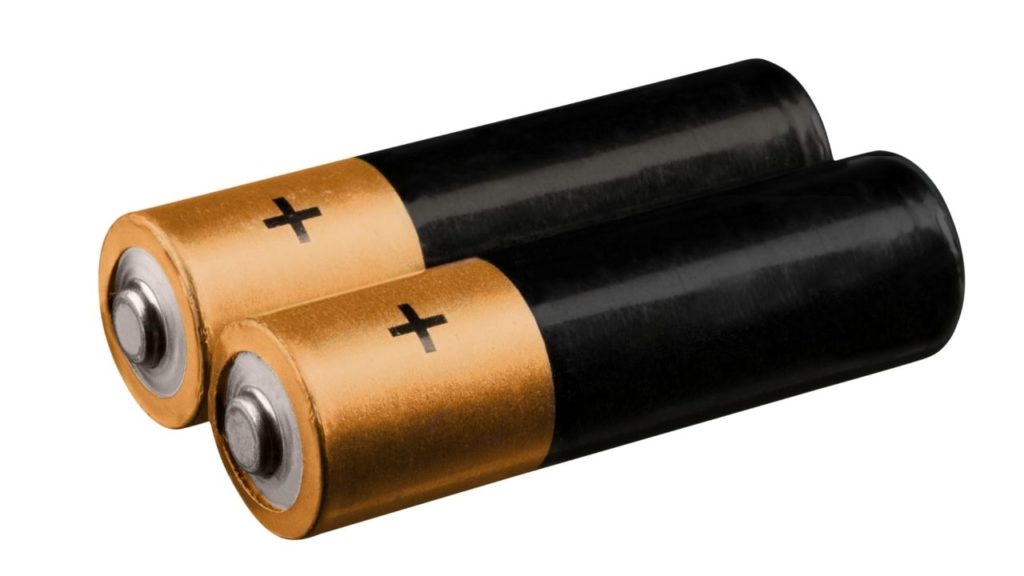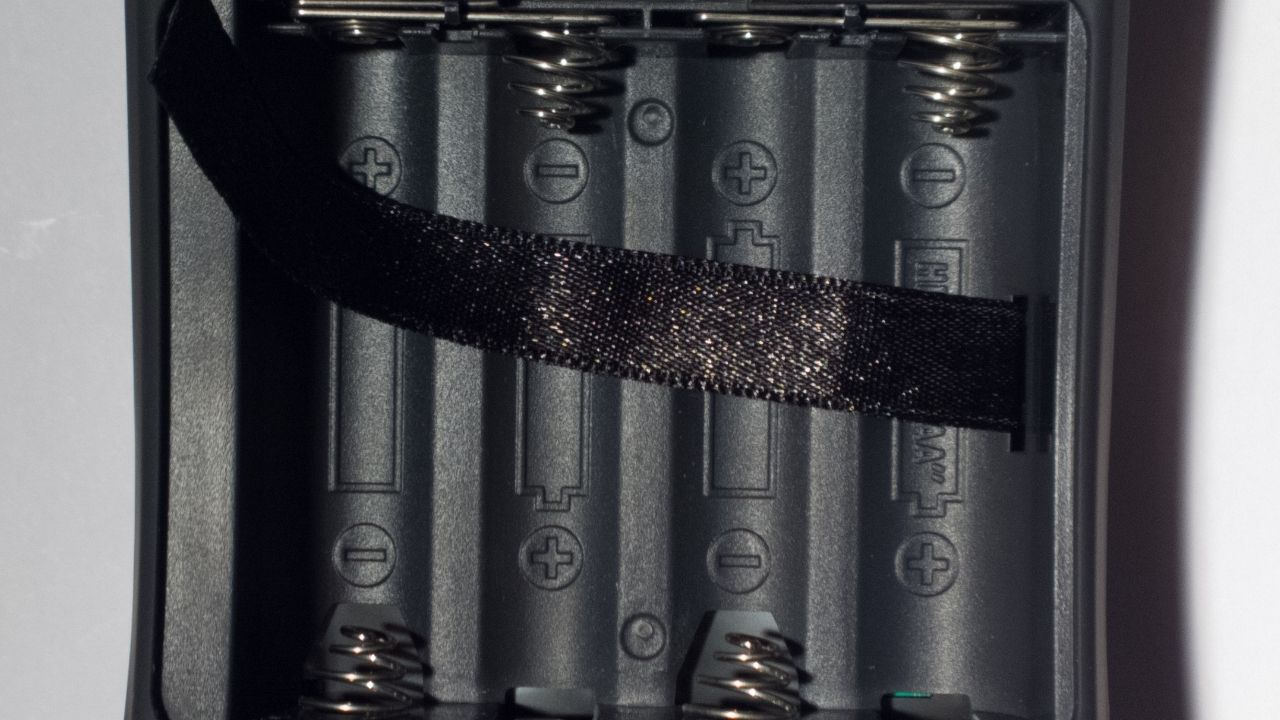Batteries are probably the most important asset in a home. They power everything from remotes and toys to flashlights and radios. But how do you install batteries? Does the polarity matter? Which side goes on the spring?
Does The Negative Side Of The Battery Go On The Spring?
The negative side of the battery goes on the spring.
You should insert the negative side first. Where necessary, press the spring down. Inserting the negative side first allows the battery to slide into the compartment easily. If you carelessly force the battery into the compartment, you could destroy the spring.

Springs are durable components that can outlive the device to which they are attached. But they can wear out, especially if you expose them to conditions that cause corrosion.
What Does The Negative Side Of The Battery Do?
The negative side has a ‘-‘ sign. Electrons have a negative charge. Therefore, the negative side will repel them, pushing these electrons towards the positive side. This allows the electrons to flow.
Related Post:
- Panasonic Battery Charger Blinking Green, Red Light Meaning
- Worx Battery Compatibility Check With Dewalt & Other 7 Brands
- How Many Amps Is A 9 Volt Battery? (With Its Watt & Usage)
Does The Positive Side Of The Battery Go On The Spring?
The positive side does not go on the spring.
The positive side is not that difficult to identify. The negative side has a flat side. Therefore, the positive side is the one that isn’t flat. It has a short nub rising from a flat surface.

Some batteries don’t have nubs. In that case, you should look for ‘Plus’ and ‘Minus’ signs.
Don’t push the side with the ‘+’ side against the spring.
What Does The Positive Side Of The Battery Do?
While the negative side repels electrons, pushing them towards the positive terminal, the positive terminal attracts those electrons. Because it has a positive charge, the positive end doesn’t have electrons. More importantly, it wants them.
Uses Of Spring
1). Spring Amplifies The Energy
If you want to use ordinary cylindrical batteries (AA, AAA, C, D), they enter compartments that have a spring on one side. If the device requires multiple batteries, you will find the spring in alternate directions.
For instance, if the spring is on the right side in the first slot, you will find it on the left side in the second slot.
From what Wikihow has said, the goal is to amplify the energy generated by creating a series of currents.
2). Spring Secures The Battery
The spring is not simply a decorative tool. It serves several functions, for instance:
- The spring maximizes the contact between the compartment’s terminal and the flat end of the battery. The positive side of the battery has a nub that guarantees a solid and secure connection with the positive end of the compartment. It doesn’t require a spring.
- The spring secures the battery. You have probably noticed that you have to push the spring down in some cases to install the battery. This is because the spring applies pressure to the battery to keep it in place.
- The spring simplify the process of installing the battery by helping you identify the negative side. When you insert batteries, you have to match the polarities. The battery’s negative terminal connects to the compartment’s negative side. The positive terminal connects to the positive side. Because the flat terminal of a battery goes to the spring, the presence of the spring allows you to identify the negative and positive sides.
If you’ve never stopped to consider the polarity of your batteries, and you don’t understand how they work or why the polarity matters, you should keep the following in mind:
Polarity
A battery has a negative end and a positive end. Because electrons have a negative charge, the negative terminal repels them. On the other hand, the positive terminal attracts the electrons.
The presence of a negative and positive terminal allows the electrons to flow. Batteries store energy in a chemical form. They use electrolysis to convert the energy.
The negative terminal allows the current to pass through. The opposite terminal accepts the electrons. Connecting these terminals to one another completes the circuit, creating energy via electrolysis.
Identifying The Polarity
Batteries have a cathode, anode, and electrolyte. The anode is the negative side. The cathode is positive.
You have to match the positive terminal to the positive side of the battery compartment and the negative terminal to the negative side. But you cannot do this unless you know the polarity of both the battery and the compartment it is supposed to fill.
Fortunately, manufacturers have made the process of finding the polarity very easy:

Labels
Start by looking at the markings on the battery.
The positive side has a plus sign. The negative side has a minus side.
The compartment is the same. Each end has a plus or minus sign. Match these signs accordingly.
Appearance
The positive terminal has a small nub or protrusion. The negative side is flat.
If you look at the compartment, it should have a picture of the battery, showing the flat end and the nub. When you insert the battery, make sure you mimic that picture.
Spring
Battery compartments that accommodate cylindrical batteries have a spring.
You find the spring on the negative end of the compartment. That spring connects to the flat side of the battery.
Therefore, if your battery doesn’t have plus or minus signs, you can conclude that the flat side is negative because it goes to the spring. This automatically means that the opposite end is positive.
How To Put In Batteries Correctly?
You don’t want to install batteries the wrong way, with the positive terminal on the negative end and the negative terminal on the positive end. Modern devices will survive this mistake. They are designed to prevent sensitive components from suffering unnecessary harm because you inserted the batteries incorrectly.
The batteries will still discharge. But they won’t provide power to the device in question. This is the best-case scenario. In the worst-case scenario, the battery could overheat, either starting a fire or leaking.
Fortunately, batteries are not that difficult to insert. You have to keep the following in mind:
1). When you remove the old batteries, check the compartment for rust. If the batteries leak, you should see some corrosion in the compartment and the spring. You have to remove the corrosion.
2). Align the markings on the battery and compartment. If one end of the battery has a minus, connect that end to the terminal in the compartment that has a minus sign as well. Do the same for the positive side.
3). Insert the negative side first. If you encounter resistance, push the spring down before sliding the battery into place. The battery will enter the slot with greater ease if you insert the negative side first.
4). If you have multiple batteries, they will alternate. For instance, if the negative terminal goes to the left side in the first slot, the negative terminal will touch the right side in the second slot.
5). When you insert the batteries, apply some pressure until they snap securely into place.

